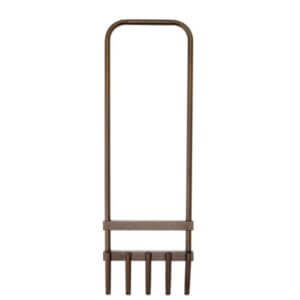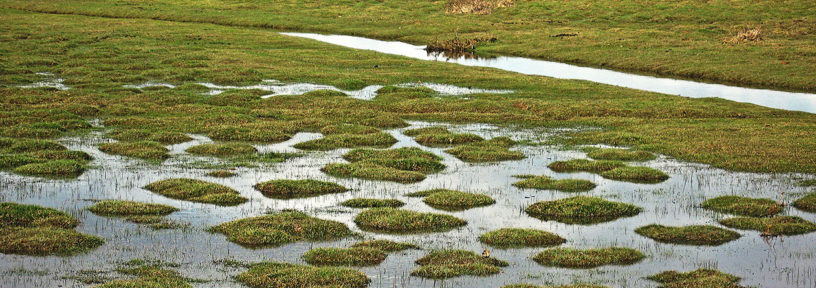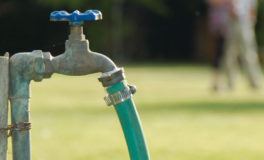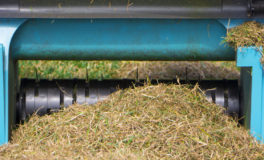How to cope with a waterlogged lawn
Rain, rain and yet more rain – that’s exactly what many parts of the UK see regularly. Although the British population may be used to the almost constant deluge, our lawns may not. Sadly, one of the most common problems caused by excess rain is waterlogged lawns. The effects can be devastating for your garden.
To drain your waterlogged lawn quickly begin pricking or slitting the surface. We recommend using a pricking or slitting tool designed to leave holes 10-15cm (4-6in) deep. It is worth remembering that the pricking and slitting methods are best carried out once the excess water has drained away.
Effects of waterlogging
Although grass can cope with wet conditions better in winter than summer, water sitting on the surface of a lawn will cause problems at all times of the year. Compaction stifles airflow and water flow to the roots of the grass. This will ultimately drown and kill the plants, leaving turf yellow and patchy.
Waterlogging also increases the rate of growth of unwanted plants like lichens and liverwort. Not only do they look unpleasant, but these plants can eventually cover wide areas of the lawn. They will stifle grass growth and kill the turf. It is therefore of utmost importance that you deal with a waterlogged lawn as soon as possible.
Three-step lawn reparation
1. Let the lawn drain
Avoid walking on it or treating it in any way until most of the water has drained away. Smaller patches can be swept towards areas of the garden that drain more easily. If draining only takes a couple of days, your turf is repairable. Grass that has been waterlogged for over a week is likely to be a lost cause and will need to be replaced.
2. Aerate roots
To start with, there are two ways to do this, with a manual hollow tine aerator or a powered aerator. They will both make small holes all over your garden. But, the powered hollow tine aerator will leave plugs of soil on the surface – be sure to remove them. Then, holes can be filled with topdressing soil or sand to improve future drainage.
 |
||
 |
3. Feed it
As Winter turns to Spring and temperatures begin to warm up, feed the lawn with the Vivid Green spring fertiliser. Then, as it grows, you’ll be able to pinpoint areas where the turf has been killed and you can begin to reseed or replace them.
Preventing future flood damage
Aeration is a must if you live in an area of England, Scotland or Wales susceptible to heavy rainfall. Ideally, use a good quality topdressing to minimise waterlogging. Lawns laid on heavy clay will struggle to drain. So you should seriously consider replacing it rather than dealing with flooding every year.
So if you do choose to replace it, lay new turf on generous amounts of sand and loam topsoil. You can also help to improve a lawn’s chances of surviving in floods by feeding it in Spring and Autumn.
Finally, if water-logging and flooding are a persistent problem, seek out some specialist advice. We recommend reading Modern Lawn Care by David Hedges-Gower which gives fantastic information for all lawn types. It might just have the details you need to keep your lawn in good condition all year round.

 When should I water new turf?
When should I water new turf?  How to care for your new lawn
How to care for your new lawn  How to scarify your lawn
How to scarify your lawn 

